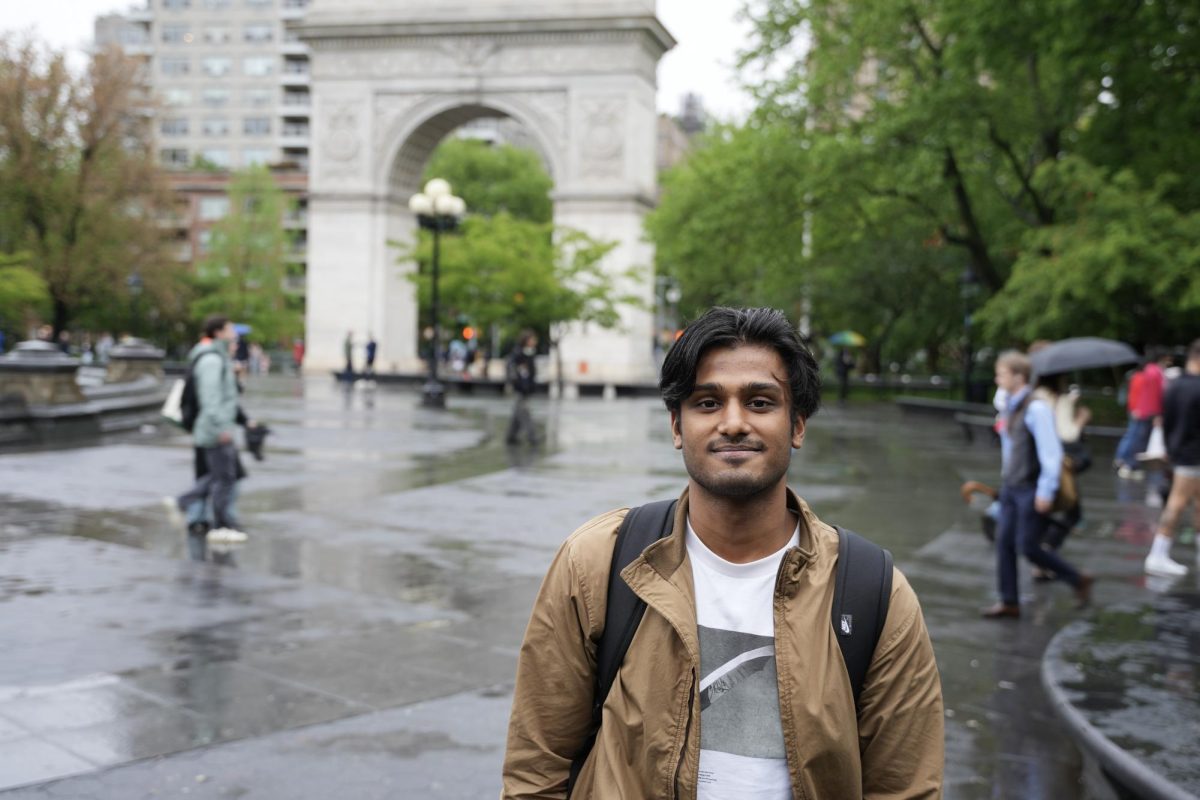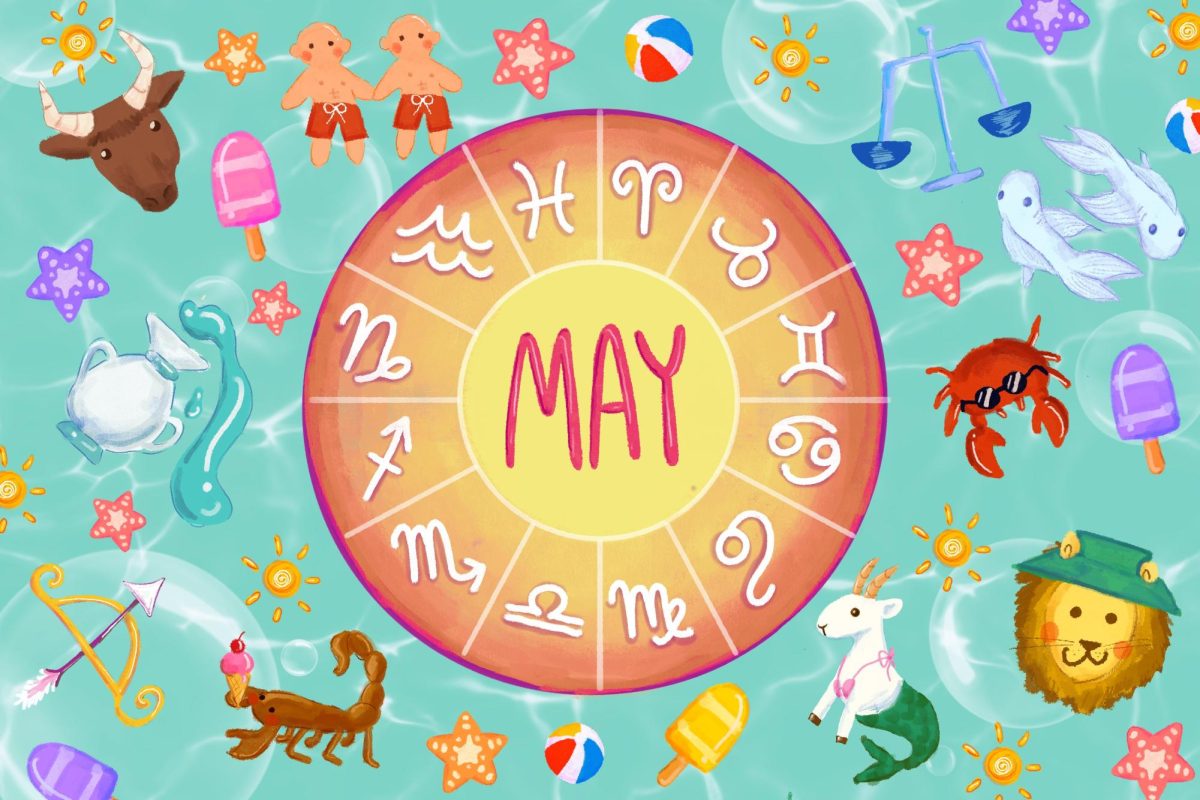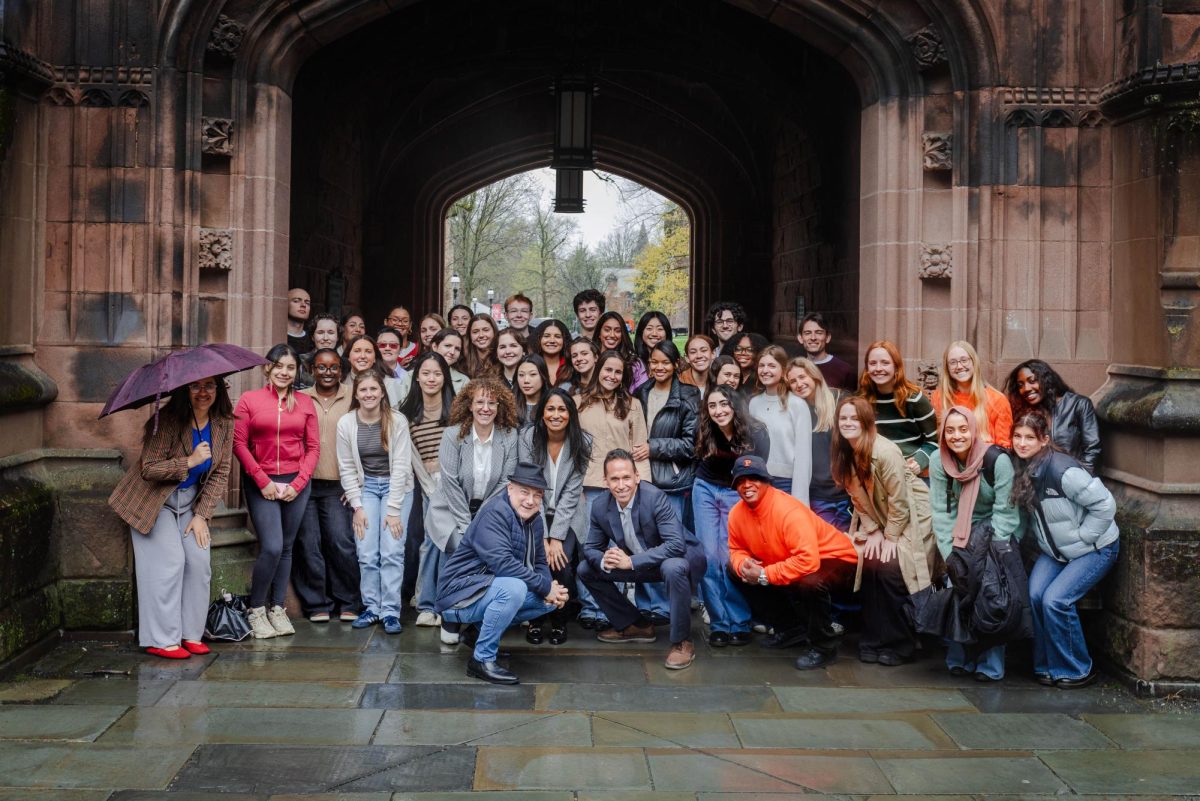For the first time in 22 years, the work of the radical experimental film artist Tony Conrad is on display. The exhibition, “Doing the City: Urban Community Interventions,” premiered on Sept. 12 at the 80 Washington Square East Gallery. Curated by Michael Cohen on behalf of the Steinhardt School of Culture, Education and Human Development,“Doing the City” hosts several works that span a 50-year period of avant-garde artist Tony Conrad’s career. The exhibit focuses on the concepts of community and intervention: two ideas Conrad is passionate about.
“Studio of the Streets” is a video installation devoted to showing hour-long excerpts from an activist project that Conrad and several of his peers conducted in Buffalo, N.Y. in the early ’90s. For the project, Conrad questioned Buffalo residents about important political and civic issues because he intended to encourage involvement within the community.
“There was definitely an idea not of documenting the city, but of stimulating people and community in the direction of change through self-representation,” Conrad said.
“If you can get a political expression of community, then people can begin to make things improve in their area, but that requires that people have a way to address each other and address the idea of the space that they are in,” he said.
In “Bryant Park Moratorium Rally,” a sound piece on display, Conrad juxtaposes a newscast recording of a Vietnam War protest and his own personal recording of the same event.
Cohen said he hopes works like this can both entertain and educate the NYU community.
“I’ve noticed a lot of interest in the counter-culture of the ’60s and ’70s by people who were probably not born when that era happened,” Cohen said. “People are looking for these models from the counter-culture and here’s a living one that we can learn from.”
The gallery also features two previously unreleased films from Conrad’s archives: “Loose Connection” and “Waterworks.”
“[‘Loose Connection’] was shot in Super 8, and was deliberately organized in a way that was experimental, precisely so that it would be radically disorienting in terms of space,” Conrad said. “I’m getting rid of the right direction, because the right direction is essentially erasing all the space. It was actually [filmed from the perspective of] the points of the clock.”
“Waterworks” is also experimental, but documents an event celebrating the summer solstice organized by Conrad and his wife in Times Square.
“I really enjoyed ‘Waterworks,’” said Steinhardt junior Rebekah Birkan, who attended the gallery opening. “I liked the ritualistic, shrine quality that it had, and the graininess of the images.”
Conrad’s concept of community is easily related to the classroom.
“I teach a class on utopian architecture in artist communities,” said Nancy Barton, clinical associate professor of Art and Art Education at Steinhardt. “We’re going to be using a lot of the class to talk about what a community is and how communities work. You can see right on the wall [of the ‘Waterworks’ display] it says, ‘what is a community?’ so this exhibit is great for this course.”
Jason Boxer is a contributing writer. Email him at [email protected]






















































































































































